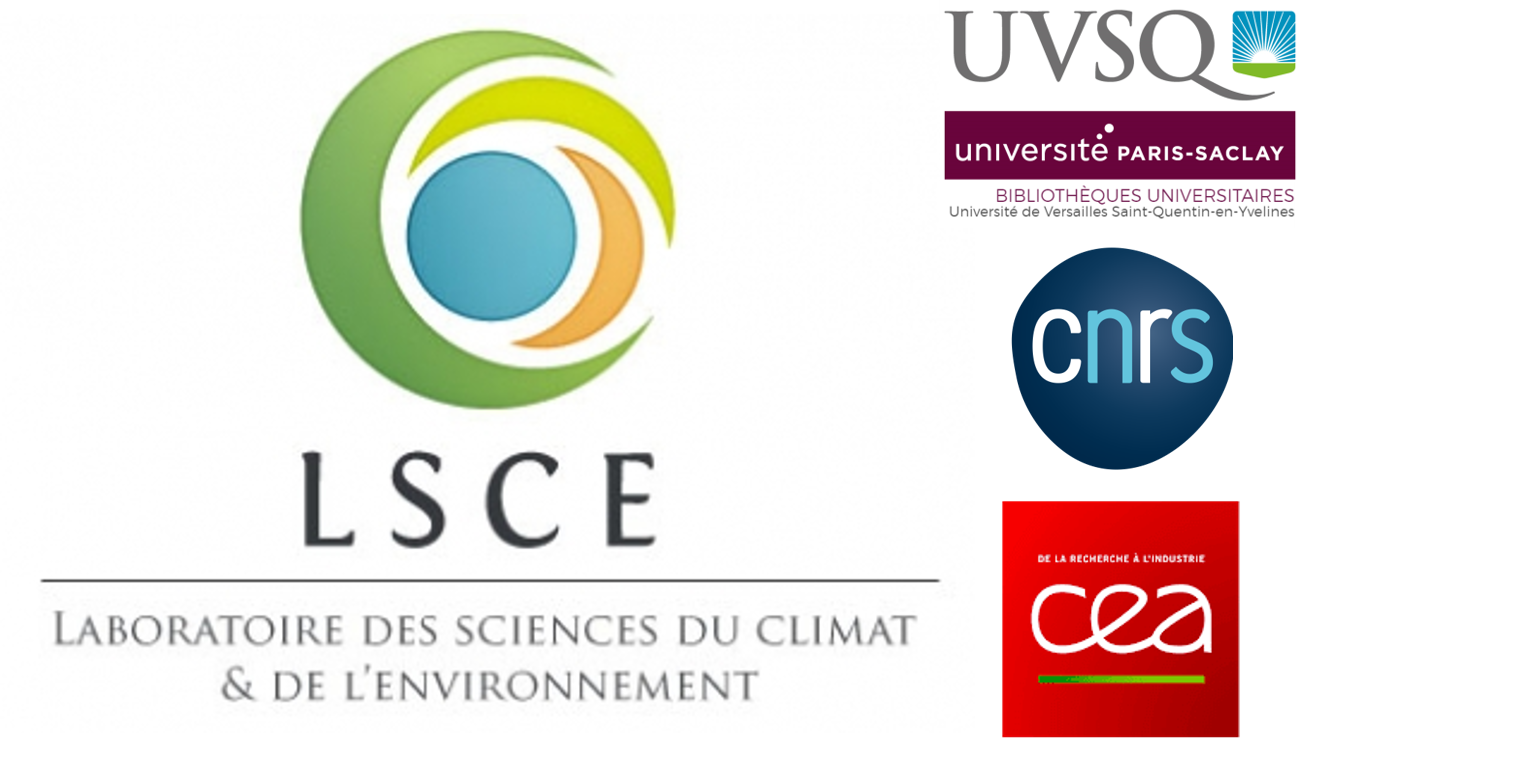Carbon cycle and climate feedbacks under CO2 and non-CO2 overshoot pathways
Résumé
Reducing emissions of non-carbon dioxide (CO 2 ) greenhouse gases (GHGs), such as methane (CH 4 ) and nitrous oxide (N 2 O), complements CO 2 mitigation in limiting global warming. However, estimating carbonclimate feedback for these gases remains fraught with uncertainties, especially under overshoot scenarios. This study investigates the impact of CO 2 and non-CO 2 gases with nearly equal levels of effective radiative forcing on the climate and carbon cycle, using the Earth system model (ESM) IPSL-CM6A-LR. We first present a method to recalibrate methane and nitrous oxide concentrations to align with published radiative forcings, ensuring accurate model performance. Next, we carry out a series of idealised ramp-up and ramp-down concentrationdriven experiments and show that, while the impacts of increasing and decreasing CO 2 and non-CO 2 gases on the surface climate are nearly equivalent (when their radiative forcing magnitudes are set to be the same), regional differences emerge. We further explore the carbon cycle feedbacks and demonstrate that they differ under CO 2 and non-CO 2 forcing. CO 2 forcing leads to both carbon-climate and carbon-concentration feedbacks, whereas non-CO 2 gases give rise to the carbon-climate feedback only. We introduce a framework, building on previous studies that addressed CO 2 forcing, to separate the carbon-climate feedback into a temperature term and a temperature-CO 2 cross-term. Our findings reveal that these feedback terms are comparable in magnitude for the global ocean. This underscores the importance of considering both terms in carbon cycle feedback framework and climate change mitigation strategies.
| Origine | Fichiers éditeurs autorisés sur une archive ouverte |
|---|---|
| licence |



